Rebel - KGC
Platinum Member
Max, Sr. MAY BE 1821-1898; so YOD is 1898.
Max, Sr. MAY BE 1821-1898; so YOD is 1898.
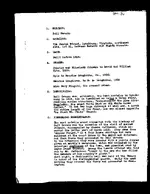
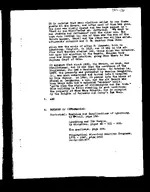
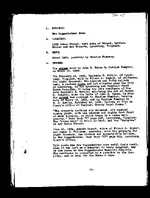
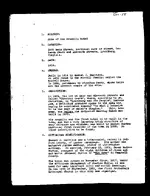
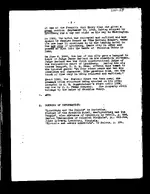

View attachment 1778283
pgs 3,4,5,6 describe property and a will
Virginia Historical Inventory Project (VHIP): Max Guggenheimer home
Max Guggenheimer home : survey report, 1937 Sept. 17
Creator
Beardsworth, Susan R.
Creation Date
1937 - 0917
Format
6 leaves.
Note(s)
Map location number on survey report incorrectly given as: CAM45. Actual map number: LYN45, but no dot with that number appears on map.
Class: Home
Building date: ca. 1852
Builder: Charles Simpson
Building plan: Square
Number of stories: 2
Building material: Brick
Location: Grace Street, Lynchburg, Va.
Primary owners: Charles Simpson, Wilson P. Bryant, Max Guggenheimer
Later used as: Guggenheimer Memorial Hospital, city-owned public recreational facility
Includes transcription of Wilson P. Bryant's will.
Includes description of the house and portraits of the Guggenheimer family.
Includes transcription of plaque at recreational center dated 1911
https://lva.primo.exlibrisgroup.com/permalink/01LVA_INST/18mtacj/alma990006929270205756
graves
https://www.findagrave.com/memorial/64704164/charles-m-guggenheimer
https://www.findagrave.com/memorial/64704166/charles-m-guggenheimer
Well that answered the question for ECS about Max Guggenheimer and when he moved to Grace Street. Sometime after June 28, 1884, when he purchased the property. That is about the same year that James Beverly Ward sent in for the copyright of the Job Print Pamphlet commonly called the Beale Papers.
Which means that Max Guggenheimer ESQ DID NOT reside at the former residence of Robert Morris when the BEALE PAPERS was put in sale.
Don't know? Do not know when he moved? Do you? What difference does it make where he lived?
It is important because as the only other person beside the copyright agent/publisher living when the pamphlet was placed on sale, one needs to determine if he was mentioned to create "credibility" for the Beale story, or is it a "tell" that would be apparent to 1885 Lynchburg that it as a "localized" adventure treasure dime novel with play along parlor entertainment ciphers.
Keep in mind, that the original price of 50 cents was lowered to 10 cents, so sales were not that outstanding, and the remaining copies were burned in a stove.
'Nuff SaidFranklin, we already know beyond shadow of doubt that the story, as presented, can't be true.
You know that, and you're even aware as to many of the reasons/facts why, so how can you encourage others to look for truth in something that you already know isn't true? ...
You're still romancing the story and forgetting about all of those little details/facts that you've already accepted and proven to yourself that discredit the story, the ciphers, etc.
For YOU, CLOSE THE BOOK!Franklin, with all of your years of research and most likely way over the 10,000 posts you claim I've made, have ever found any conclusive proof that the Beale Party ever had a perilous adventure that led to the discovery of gold and silver that led to them constructing a vault in Bedford county?
All my research leads to the conclusion that the Beale Papers was a work of fiction, with references drawn from Ward and his wife Harriet's extended families.
So far, neither you or anyone else have presented hard evidence, just maybe, could be speculation, but actual documented proof that proves my findings wrong that could change my "stand".
For YOU, CLOSE THE BOOK!
